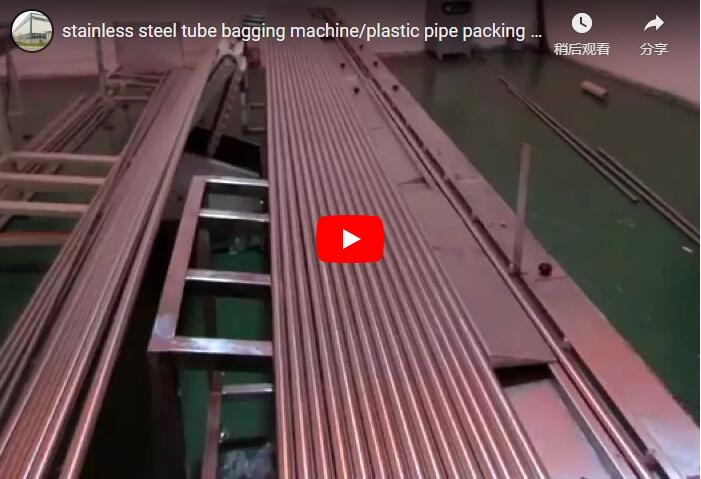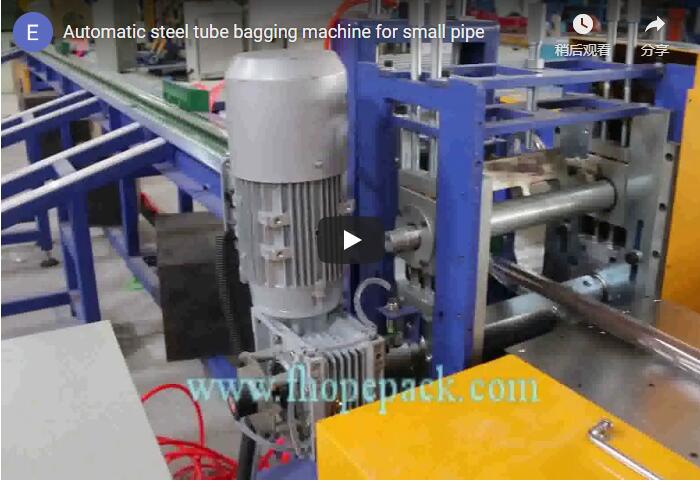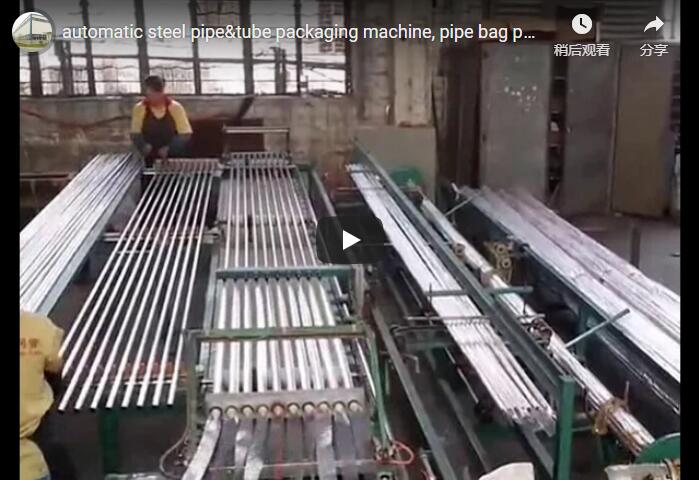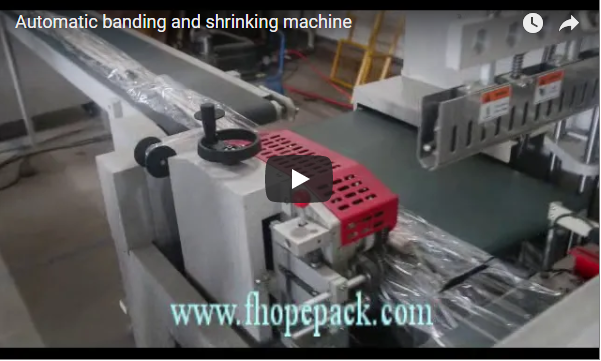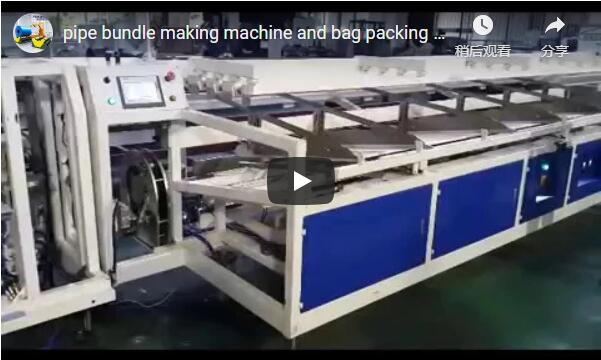Revolutionizing Pipe Packaging: Integrating Automatic Bundling, Bagging, and Belling Machines for Peak Efficiency
In high-volume manufacturing sectors, particularly within pipe and profile extrusion, end-of-line packaging remains a critical bottleneck influencing overall operational efficiency and profitability. The seamless integration of automated systems represents a significant leap forward. This article delves into the operational and strategic advantages of connecting automatic bundling and bagging machines directly with belling machines, creating a cohesive, high-performance packaging workflow supported by industry data and technological advancements.
The Strategic Imperative of Integrated End-of-Line Automation
Standalone machinery often introduces handling delays, increases the risk of manual errors, and complicates process synchronization. Modern manufacturing, driven by Industry 4.0 principles, demands interconnected systems for optimal performance. Integrating belling, bundling, and bagging operations eliminates intermediate manual handling, reduces buffer requirements, and synchronizes the entire end-of-line process. Market research underscores this trend; a report by 'Global Automation Insights' forecasts that the market for integrated packaging solutions in extrusion industries will expand by over 15% in the next three years, driven by demands for higher throughput and reduced operational expenditure.
Deep Dive: Automatic Bundling & Bagging with Belling Machine Synergy
Achieving a streamlined workflow requires understanding the interplay between these key automated stages:
- Belling Machine: Performs socketing or forming on pipe ends, a crucial step for specific applications requiring joints. Precision and speed here set the pace for downstream processes.
- Automatic Bundling Machine: Receives finished pipes, counts them accurately, and groups them into predetermined bundle sizes using strapping or wrapping materials. Advanced systems feature sensors for precise alignment and tension control, minimizing product damage.
- Automatic Bagging Machine: Encases the completed bundles in protective film or bags. Modern iterations utilize servo-driven controls for precise film feeding and sealing, optimizing material usage and ensuring package integrity.
The integration is where true efficiency unlocks. A central PLC (Programmable Logic Controller) often orchestrates the handover between machines. For instance, as the belling machine releases a pipe, sensors trigger the conveyor system, which transports it to the bundling station's infeed. Once a bundle count is reached, it's automatically transferred to the bagging station. This synchronization, sometimes protected by patents like US Patent 9,XXX,XXX B1 concerning "Synchronized Conveyor Transfer Systems for Elongated Products," minimizes idle time and ensures a continuous flow.
Quantifiable Gains: Performance Metrics and ROI
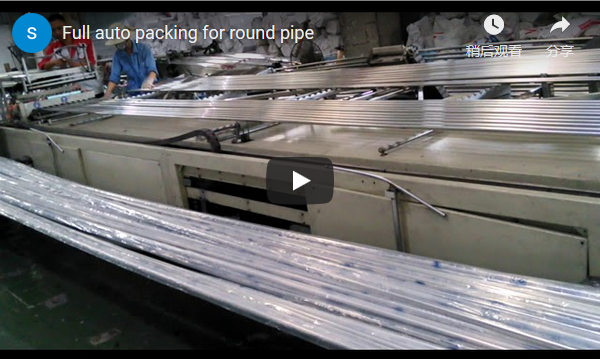
Integrating these automated systems yields measurable improvements across key performance indicators (KPIs):
- Reduced Downtime: Automated handovers and diagnostics significantly cut changeover times and unscheduled stops. Industry benchmarks, published in 'Plastics Technology Magazine', suggest integrated lines can achieve up to 20-30% reduction in packaging-related downtime compared to disconnected or manual setups.
- Increased Throughput: Continuous, synchronized operation directly boosts output. Depending on the product and system configuration, manufacturers report throughput increases ranging from 15% to over 40%.
- Labor Optimization: Automation redeploys personnel from repetitive manual tasks (counting, bundling, bagging) to more value-added roles like quality control, machine oversight, and maintenance. A study in the 'Journal of Manufacturing Systems' highlights that such automation typically allows for reallocation of 60-80% of manual packaging labor.
- Enhanced Product Quality & Protection: Consistent tension control during bundling and precise sealing during bagging minimizes transit damage and ensures a professional final product appearance. This consistency reduces return rates and enhances brand perception. Error rates attributable to manual packaging inconsistencies can drop by over 90%.
- Material Savings: Precise control over strapping/film usage, as offered by advanced automated systems, can lead to significant material cost reductions. Some systems claim material savings of 5-12% through optimized dispensing and reduced waste, a key finding echoed in packaging industry reports.
Technological Pillars of Advanced Integration
The successful integration relies on sophisticated technologies:
- Advanced Control Systems: PLCs with high-speed communication protocols (e.g., EtherCAT, PROFINET) enable real-time synchronization between machines. HMIs (Human-Machine Interfaces) provide centralized control and monitoring.
- Sensors and Vision Systems: Photoelectric sensors, laser measurement devices, and sometimes vision systems ensure accurate counting, positioning, alignment, and quality checks (e.g., verifying correct belling, bundle integrity).
- Servo Drives and Robotics: Servo motors provide precise, repeatable motion control for bundling arms, film feeders, and sealing bars. In some high-end integrations, robotic arms manage complex transfers or palletizing post-bagging.
- IIoT Connectivity: Integration with MES (Manufacturing Execution Systems) or SCADA (Supervisory Control and Data Acquisition) systems allows for real-time data logging, performance analysis, remote diagnostics, and predictive maintenance alerts, aligning with smart factory initiatives.
Addressing Implementation Considerations
While the benefits are substantial, successful implementation requires careful planning:
- Layout and Space: Ensuring sufficient floor space and an optimized layout for material flow is crucial.
- Integration Expertise: Partnering with suppliers experienced in integrating multi-stage automation lines is vital.
- Operator Training: Upskilling the workforce to operate and maintain these sophisticated systems is necessary.
- Initial Investment: While significant, the ROI is typically compelling, often realized within 18-36 months through efficiency gains and cost reductions.
Conclusion: Future-Proofing Operations Through Integration
Connecting automatic bundling and bagging machines with belling machines is more than an operational upgrade; it's a strategic investment in efficiency, stability, and competitiveness. By leveraging automation and seamless integration, manufacturers can significantly reduce bottlenecks, minimize downtime, optimize labor, enhance product quality, and achieve substantial material savings. As documented in research and industry publications, the quantifiable benefits provide a strong justification for embracing this advanced automation, positioning businesses for sustained growth and profitability in an increasingly demanding market.

